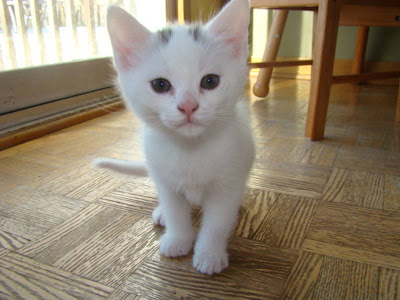- Joined
- May 15, 2020
- Messages
- 267
- Purraise
- 145
My part-ragdoll was softer than silk. That was the benefit. She didn't really have mats but she had to be brushed because she shed like crazy. Anything she lied on became a solid mat of cat hair, and this was with me brushing her 1-2x a week, usually 2. In contrast, my Oriental Shorthair mix rescue (who got the ultrashort, shiny coat!) does not shed at all, and she never needs to be brushed. If I ever breed cats (which I have wanted to do all my life) it's going to be pure registered OSH all the way. Not filling my house up with anything else. I don't want to deal with those cat hair floor mats again.Ragdolls have a somewhat different kind of long fur; it's very fine and not inclined to mat. Very different from a Persian's fur.
Well that's the benefit of having a litter. The OP has many to choose from. With a ragdoll dad there will almost certainly be at least one of the famous ragdoll temperament. (Unless... the dad was a spazcat.)Personality in purebred cats isn't as predictable as it is in dogs. My mom has a purebred Ragdoll who doesn't like to cuddle, fights with the other cats, and kicks if you pick her up. They might be trying for the theoretical goes-limp-like-a-ragdoll type but it's not an exact science.
Your own cat having a litter is probably the easiest way on the established cat to get a second cat (though of course it's not advisable to make 3+ cats just to get 1). She will naturally love and accept her own baby. Some cats, though not all, will not tolerate a newcomer any other way, and some fewer cats than that are so anti-cat that they'll even start to hate and reject their own baby when it reaches adulthood.







